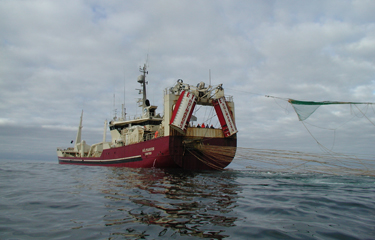Iceland’s Marine and Freshwater Research Institute (MFRI) has released scientific advice for the 2022 to 2023 fishing opportunities for 28 fish stocks in Icelandic waters, and its recommendations include a 6 percent reduction in the country's cod quota.
MFRI has advised a cod total allowable catch (TAC) of 208 ,846 metric tons (MT) for the new fishing year, down from the current 222, 373 MT, with the institute saying its recommendation is based on the management plan adopted by Icelandic authorities. The reason for the decrease is due to a lower estimate of the reference biomass compared to previous years and the effect of the catch stabilizer in the harvest control rule, it said.
However, it said the reference biomass of cod is expected to increase slightly in the next two to three years when the 2019 and 2020 cohorts enter the reference biomass, as the MFRI estimates the cohorts are above average in terms of size.
According to the Icelandic management plan, the TAC for haddock in 2022-2023 will be 62 ,219 MT, a 23 percent increase from the current fishing year. The reference biomass is also expected to increase in the next two years, as the 2019 and 2020 cohorts are above average.
The advice for saithe, when the Icelandic management plan is applied, is 71 ,300 MT, an 8 percent decrease from the current fishing year.
The TAC for golden redfish in the East Greenland/Iceland/Faroe Islands area in the 2022-2023 fishing year is 25, 545 MT, 20 percent less than for the current TAC. Since 2009, the species’ recruitment has been very low, and the spawning stock biomass has decreased substantially in recent years and is projected to decline further, according to the MFRI.
The advice for golden redfish is likely to decrease further, MFRI said.
The advice for Greenland halibut is the same as the previous year, at 26, 710 MT.
Meanwhile, the stock size of the Icelandic summer spawning herring has increased following a period of constant decline since 2008 due to poor recruitment and the persistent infection by a protozoan parasite. However, the 2017 and 2018 cohorts are estimated to be large and are now the main biomass reference. MFRI’s advice for the 2022-2023 fishing year, when the Icelandic management plan is applied, is 66 ,195 MT – or 8 percent less than the previous fishing year's TAC.
Photo courtesy of Hlynur Ársælsson/Shutterstock







